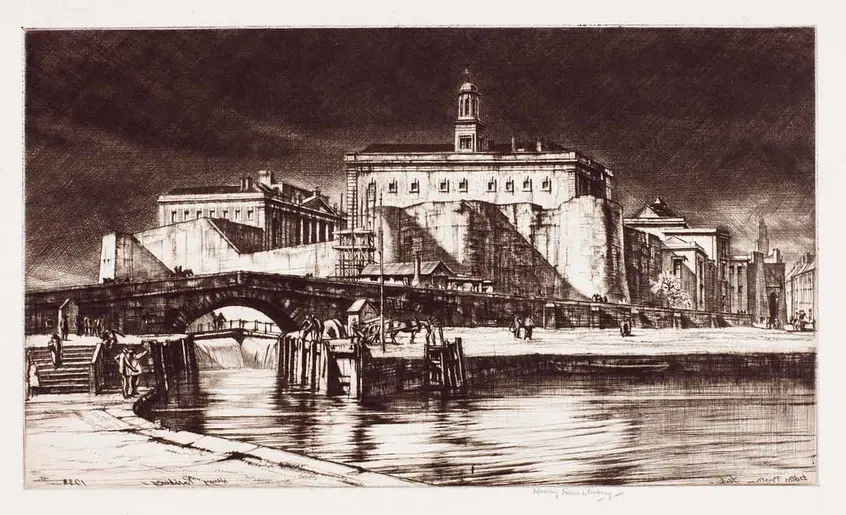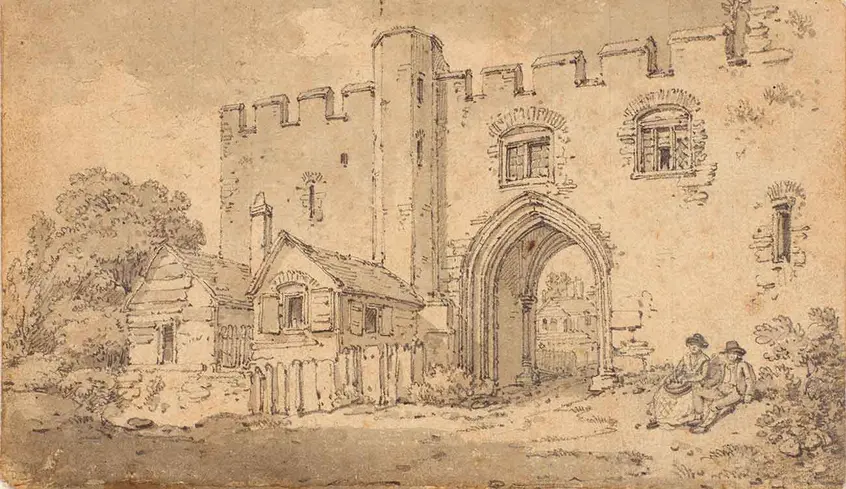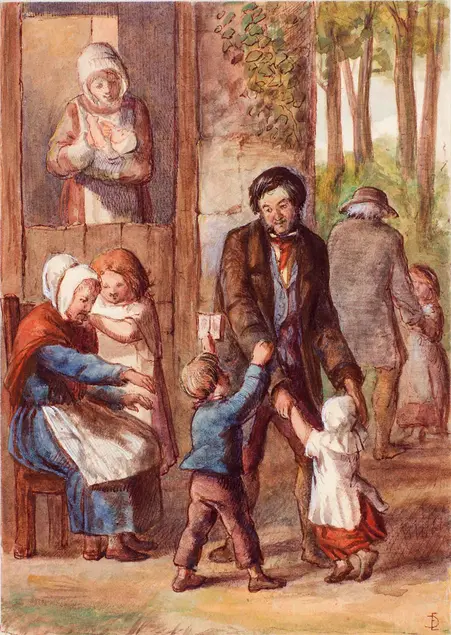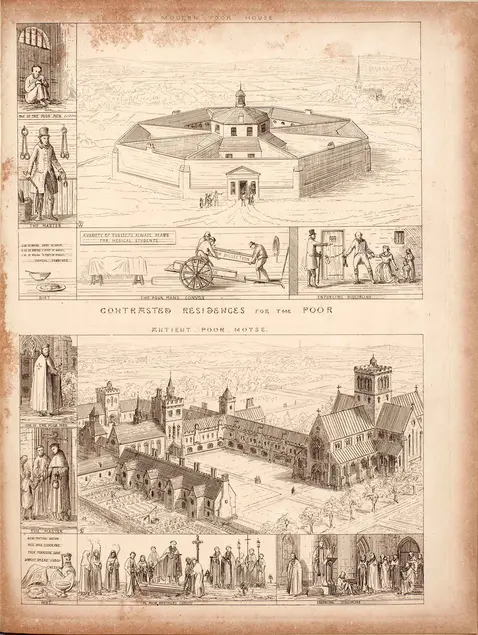A. W. N. Pugin, Prisons, and the Plight of the Poor: British Prints, Drawings, and Illustrated Books from The Huntington’s Collections
This exhibition examines the history of British prisons and how artists and architects documented the social, political, and legal tensions surrounding prison reform and Poor Law debates in Parliament during the 19th century.







